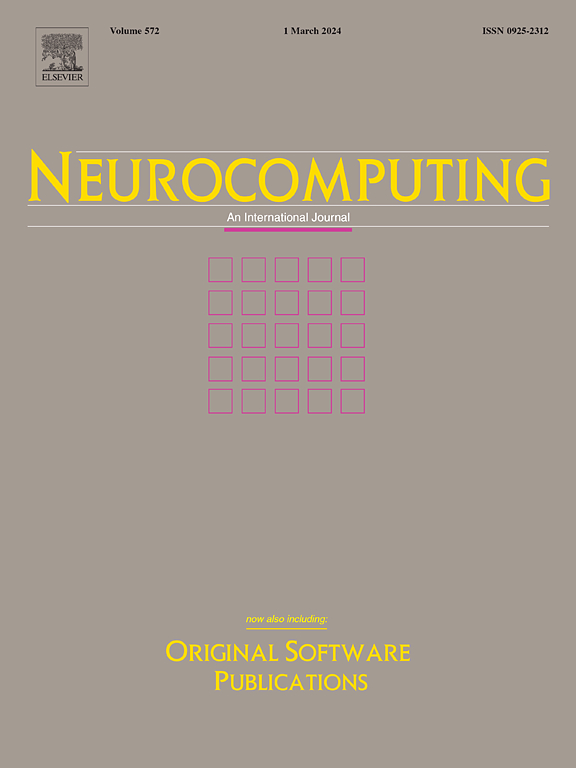ZSDECNet: A zero-shot deep learning framework for image exposure correction
IF 5.5
2区 计算机科学
Q1 COMPUTER SCIENCE, ARTIFICIAL INTELLIGENCE
引用次数: 0
Abstract
When shooting street scenes at night, the captured images may be underexposed or overexposed, which seriously affects human visual perception. Therefore, exposure correction is required for these images. Most existing exposure correction methods rely heavily on reference images and the exposure correction results are not thorough. To address these issues, we propose a zero-shot multi-exposure correction method based on S-curves, called ZSDECNet. Our method is divided into two parts: multi-exposure correction and fusion. First, the illumination channel of the image and the corresponding inverted image are subjected to an initial exposure correction. Moreover, by exposure fusion technique, we select the best exposed area for exposure fusion from the exposure correction results of the input image, the illumination channel, and its inverted channel in order to obtain a visually optimal exposure-corrected image. The method is a zero-shot end-to-end training approach that does not require additional data. In addition, the S-type exposure correction curve corrects both underexposed and overexposed areas, which makes it possible to obtain more thorough exposure correction results. Experiments on existing datasets with various exposure conditions (underexposed and overexposed) and on a real nighttime street scene dataset show that our method outperforms state-of-the-art methods.
ZSDECNet:用于图像曝光校正的零镜头深度学习框架
在夜间拍摄街景时,拍摄到的图像可能会曝光不足或曝光过度,严重影响人的视觉感受。因此,需要对这些图像进行曝光校正。现有的曝光校正方法大多依赖于参考图像,曝光校正结果不够彻底。为了解决这些问题,我们提出了一种基于s曲线的零拍摄多次曝光校正方法,称为ZSDECNet。我们的方法分为两部分:多次曝光校正和融合。首先,对图像的照明通道和相应的倒置图像进行初始曝光校正。此外,通过曝光融合技术,从输入图像的曝光校正结果、照明通道及其反转通道中选择最佳曝光区域进行曝光融合,从而获得视觉上最优的曝光校正图像。该方法是一种零射击端到端训练方法,不需要额外的数据。此外,s型曝光校正曲线对曝光不足和过曝区域都进行了校正,可以获得更彻底的曝光校正结果。在不同曝光条件下(曝光不足和曝光过度)的现有数据集以及真实的夜间街景数据集上进行的实验表明,我们的方法优于最先进的方法。
本文章由计算机程序翻译,如有差异,请以英文原文为准。
求助全文
约1分钟内获得全文
求助全文
来源期刊

Neurocomputing
工程技术-计算机:人工智能
CiteScore
13.10
自引率
10.00%
发文量
1382
审稿时长
70 days
期刊介绍:
Neurocomputing publishes articles describing recent fundamental contributions in the field of neurocomputing. Neurocomputing theory, practice and applications are the essential topics being covered.
 求助内容:
求助内容: 应助结果提醒方式:
应助结果提醒方式:


